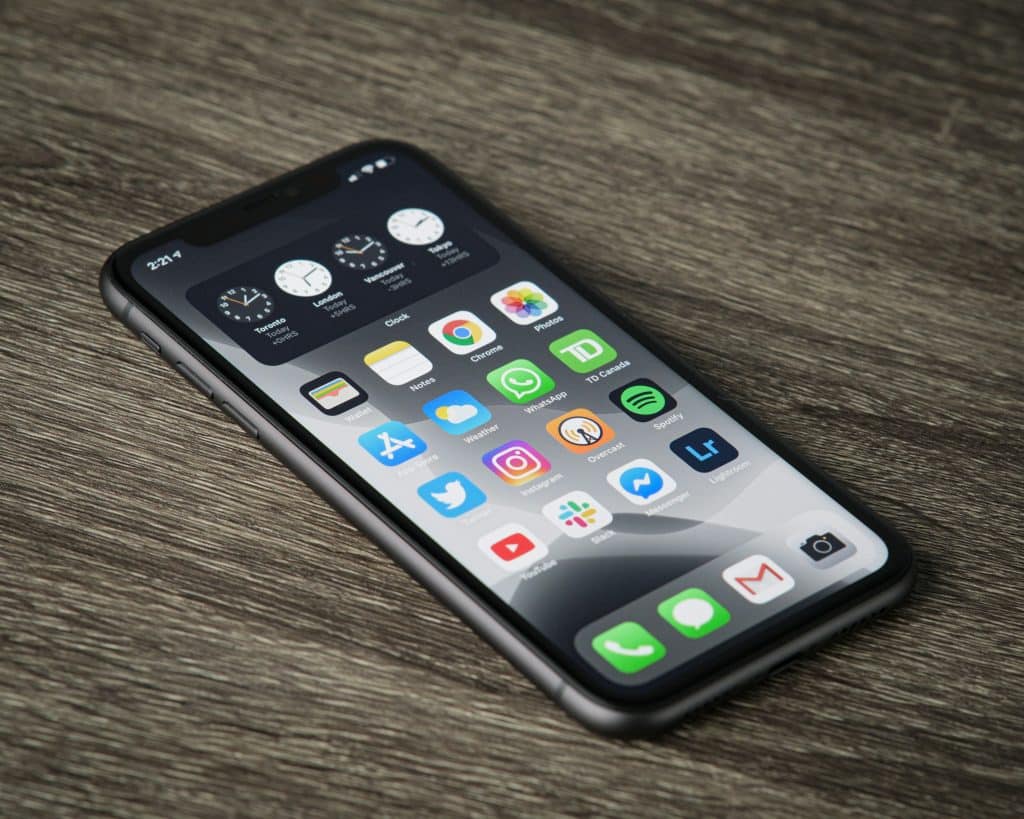The iPhone Mini was Apple’s response to a growing segment of users who yearned for a smaller device without sacrificing performance. At a time when smartphones were getting progressively larger, the Mini provided an alternative, offering top-tier specs in a size that could fit comfortably in one hand or a pocket.
Despite its size, the iPhone Mini was equipped with features like the latest A-series chip, excellent camera capabilities, and integration with Apple’s network of devices. It retained the essence of what made flagship iPhones successful, proving that smaller didn’t mean less powerful.
Why Did the iPhone Mini Fall Short?
1. Changing Consumer Preferences
While there was initial excitement, it became evident that the majority of consumers preferred larger screens. Larger devices offered better media consumption experiences, more robust battery life, and multitasking capabilities.
2. Pricing Strategy
The iPhone Mini wasn’t significantly cheaper than the standard iPhone models, leading many to opt for larger devices with more screen real estate. The pricing failed to distinguish the Mini as a cost-effective alternative.
3. Limited Differentiation
The Mini’s features mirrored those of its larger siblings, leaving it without a defining trait beyond its size. For many, this wasn’t enough to justify choosing the smaller device.
The Impact of the iPhone Mini on Apple’s Portfolio
Reinforcing Apple’s Commitment to Innovation
The iPhone Mini was a testament to Apple’s willingness to experiment. By offering a compact flagship, Apple demonstrated its dedication to catering to a diverse range of users, even if the market segment was niche.
A Learning Opportunity
The underwhelming performance of the Mini provided valuable insights into consumer behavior. Apple learned that while innovation is essential, aligning product offerings with dominant trends is equally critical for commercial success.
Evolving the Product Line
The Mini’s discontinuation allowed Apple to focus on refining its existing product lineup, such as the SE series, which offers affordability while maintaining a compact design.
Could the iPhone Mini Make a Comeback?
Market Demand for Compact Phones
Despite its struggles, the iPhone Mini cultivated a loyal following. Compact phone enthusiasts appreciated its size, and a potential resurgence could target this dedicated audience with a refreshed approach.
Redefining the Mini
For a comeback to succeed, Apple might need to reimagine the Mini with features that distinguish it from the standard lineup. This could include exclusive functionalities, better pricing, or enhanced battery optimization tailored for compact devices.
Alternatives That Emerged
The iPhone SE
The SE series has become Apple’s go-to for those seeking a smaller device. While not as compact as the Mini, the SE balances affordability and functionality, appealing to budget-conscious consumers.
Other Compact Competitors
Competitors like Google’s Pixel series and some Android manufacturers have tried to capture the compact phone market. However, none have significantly impacted the industry, leaving room for Apple to revisit the concept.
Consumer Reactions and Legacy
A Device That Sparked Debate
The iPhone Mini’s polarizing reception showcased the diversity in consumer preferences. While some hailed it as the ideal phone, others saw it as unnecessary in a market dominated by larger devices.
Loyal Fans Still Advocate
Even today, the iPhone Mini has its loyalists. Online forums and communities continue to champion the Mini, arguing for a device that combines portability with performance.
What the iPhone Mini Taught the Industry
1. Niche Markets Are Hard to Sustain
Apple’s experience with the Mini underlined the challenges of serving niche markets within the tech industry.
2. Consumer Trends Dictate Success
Regardless of innovation, products must align with prevailing consumer trends to thrive.
3. Risk and Reward
The Mini was a risk worth taking, as it pushed boundaries and set an example for bold innovation, even if it didn’t achieve lasting success.
Design Philosophy: The Strengths of the iPhone Mini
Compact Yet Functional
The Mini embodied Apple’s design philosophy: delivering maximum utility in minimal form. Its smaller size didn’t compromise on quality or performance.
Focus on Accessibility
For users who struggled with larger devices, the Mini provided a refreshing alternative, showcasing Apple’s ability to cater to different accessibility needs.
Aesthetically Pleasing
True to Apple’s legacy, the iPhone Mini was sleek, stylish, and instantly recognizable.
Future of Compact Smartphones
Could Apple Lead the Charge?
If the compact smartphone market sees renewed interest, Apple is well-positioned to lead the way, thanks to its strong brand and innovative capabilities.
Evolving Consumer Preferences
As trends like foldable phones and modular designs emerge, compact phones could become viable again, providing Apple with an opportunity to revisit the Mini concept.
Sustainability and Minimalism
With sustainability becoming a key focus, smaller phones that use fewer resources could align with broader environmental goals.
The iPhone Mini was a bold experiment that, while short-lived, showcased Apple’s willingness to innovate. It catered to a niche audience and offered a unique alternative in a market dominated by larger devices. As consumer preferences evolve, the lessons learned from the Mini could inform future products, ensuring Apple continues to lead in innovation and design.
